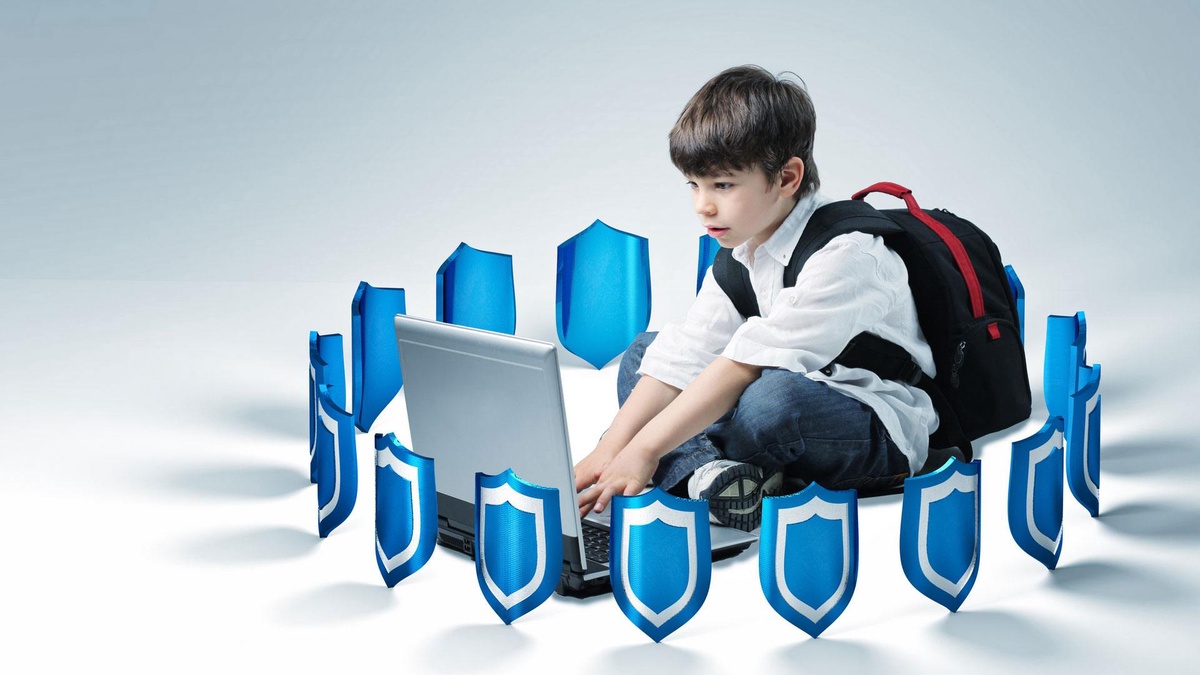Today's students enjoy unparalleled opportunities to access information and resources through digital platforms. Nevertheless, one must take on the onus of ensuring a safe and secure virtual learning atmosphere. The use of internet filtering software in schools plays a pivotal role in attaining the desired objective. Empowering educational institutions will enable them to shield students from detrimental content, ensure adherence to regulations, and instil responsible digital behaviour. This program allows schools to establish a secure virtual environment by supervising and regulating web material. Schools can prevent access to unsuitable or dangerous websites, social media platforms, and online material that can negatively affect students' health or obstruct their academic goals by utilising effective filtering methods.
In this blog, we will take a look at how school internet filtering software promotes compliance and safety.
Ensures Compliance with Legal Requirements and Regulations
The use of school internet filtering software guarantees adherence to legal mandates and protocols through the implementation of diverse measures and functionalities. Trustworthy providers of filtering software ensure that their products adhere to lawful frameworks and guidelines, including the United States' Children's Internet Protection Act (CIPA). This entails complying with precise standards which entail preventing offensive material from being displayed and implementing safeguards to prevent unauthorised access to harmful resources.
Schools use filtering software that allows administrators to create and tailor filtering policies based on their legal obligations. Educational institutions have the capability to match the software with internet usage regulations set by the jurisdiction, whether it is local, state, or national.
Have Control Over Content That Students Can Access
The school internet filtering software regulates the content that students are able to view. Filtering software is implemented to limit or prevent users from accessing websites or content online that could be considered unsuitable, detrimental, or in breach of school guidelines or legal obligations. The software has the ability to regulate students' access to the school's internet connection through the implementation of techniques like content categorization, blacklists, and keyword filtering. The objective is to establish a protected and dependable digital atmosphere that is in line with educational goals and adheres to regulatory standards.
The degree of authority and personalization provided can fluctuate based on the particular software utilised and the setup picked by the school supervisors. By implementing varying filtering levels or classifications based on the students' age or academic level, they can ensure that suitable material is available while preventing access to any detrimental or distracting content.
Prevents Students from Accessing Violent Content
The school internet filtering software is created to prohibit students from accessing any violent materials on the internet. Filtering software commonly provides categories and filters aimed at violent material, which can include websites, pictures, videos, and games with violent themes or content. The filtering software has the capability to categorise content, filter keywords and analyse web content in real-time in order to detect and prevent access to websites or online content that either promote aggressive behaviour or contain explicit violence. This contributes to establishing a more secure cyberspace for pupils and reinforces the school's endeavours to encourage conscientious online conduct.
Furthermore, filtering tools also have the capacity to restrict entry to websites or online forums that are notorious for featuring explicit or bloody material, including specific social networking sites or video uploading portals.
Includes Built-In Protection Against Malware
Advanced software continuously analyses URLs and website content to efficiently identify and prevent access to already identified harmful websites or pages that can contain malicious software. The system employs algorithms and databases to detect websites that are linked to the distribution of malware or other cyber threats. Sophisticated filtering software can proactively prevent access to or screen website content that exhibits malicious or dubious coding.
To avoid the accidental acquisition or transfer of corrupted files or software, students are protected. Distinguished suppliers of filtering software keep their databases and algorithms constantly up-to-date to remain in line with the newest malware hazards. School internet filtering software incorporates information on potential dangers and works closely with security specialists to guarantee efficient safeguarding against new types of malicious software.
Blocks Distractions Such as Social Media
Filtering software solutions offer the flexibility for administrators to tailor filtering policies and limit or prevent access to particular website categories, which can include social media platforms. Schools have the ability to reduce distractions and foster a concentrated learning atmosphere by setting up software that prohibits or restricts access to social media platforms. This can be extremely advantageous, especially during classroom hours or scheduled study periods when students require a focused approach towards their academic assignments.
Typically, administrators have the option of selecting pre-made categories or customising which specific websites or types of content should be restricted. Blocking social media sites like Facebook, Twitter, Instagram, and Snapchat can be deemed appropriate.
Summing It Up
The use of internet filtering software in schools is highly significant in maintaining compliance and safety in educational settings. By applying it, educational institutions can safeguard their students' welfare and encourage them to act as responsible digital citizens, while also protecting them against harmful and unsuitable content. Schools can create an optimal learning environment by prohibiting access to hazardous or distracting websites and platforms. As a result, students can excel in their academic pursuits while effectively manoeuvring through the digital realm with safety in mind.


No comments yet